As a student at Vermont’s Middlebury College, Lea LeGardeur loved being on the water. Her diminutive size, booming voice and natural ability with the rudder made her a fit for the coxswain position with the Middlebury men’s rowing team. She spent 2 1/2 years steering the group.
“I got accustomed to spending time with guys twice my size.”
Which proved an asset for LeGardeur, who, after teaching geography at Middlebury, decided to commercial fish in Alaska.
LeGardeur’s break came when she discovered the Alaska Longline Fishermen’s Association, or ALFA, based in the small fishing town of Sitka, Alaska. The organization had an extensive record of fighting foreign fishing, trawling and depletion of resources. ALFA had recently secured a grant to fund its Crew Training Program, or CTP.
The program was the brainchild of Karl Jordan, who suggested the concept to his father, Eric, shortly after Eric’s wife, Sarah, announced her decision to retire from fishing. Jordan père went on to propose the concept to Linda Behnken, the executive director at ALFA.
It was through CTP that the elder Jordan, who grew up in Wrangell and Petersburg, met LeGardeur. It didn’t matter that the five-foot-four-inch LeGardeur was barely taller than the largest king salmon on record — she was clearly ready to board his mother’s 36-foot troller I Gotta, and get to work.
“Lea was eager,” said Jordan. “She was one of the first. She didn’t get seasick. She was ready.”
As the duo fished Crawfish Inlet, south of Sitka, they’d sometimes haul in 1,000 chum salmon a day.
“It was sunny, and flat calm, and we were making money,” LeGardeur recalled.
Along the way Jordan told her stories of his father Wilhelm (Skip) Jordan. After being released from the navy following the Second World War, Skip bought a 32-foot wooden troller, which he named Salty. His wife, Marilyn Jordan George, became locally famous for her book Following the Alaskan Dream: My Salmon Trolling Adventures in the Last Frontier, recounting the story of raising their three kids trolling en famille in the Alaska Panhandle.
Hypnotized by the deep history of fishing, and the work itself, LeGardeur plotted her return. Against the objections of her parents, she found work on the longlining boat Middleton out of Sitka, then went gillnetting in Bristol Bay, home to the world’s largest sockeye return, before heading back south to fish August and September with Jordan.
In the spring of 2023, she bought a Bristol Bay permit of her own. Today she fishes a dual permit for drift and gillnetting with her fiancé off the Catch-22, a 32-foot Jumbo Rawson “Bay Boat.”
“This wouldn’t have happened without the safe mentorship provided by CTP,” said LeGardeur, who recently turned 29. “Having a program with someone saying ‘Hey, these skippers are OK’ is so important for someone who is totally green.”
CTP has so far matched some 20 captains with apprentice crew members, who are paid to work mostly on boats using troll and longline gear in pursuit of salmon, halibut and ling cod, according to the Ketchikan Daily News. Some also crew vessels called tenders, where fish are purchased from offloading boats.
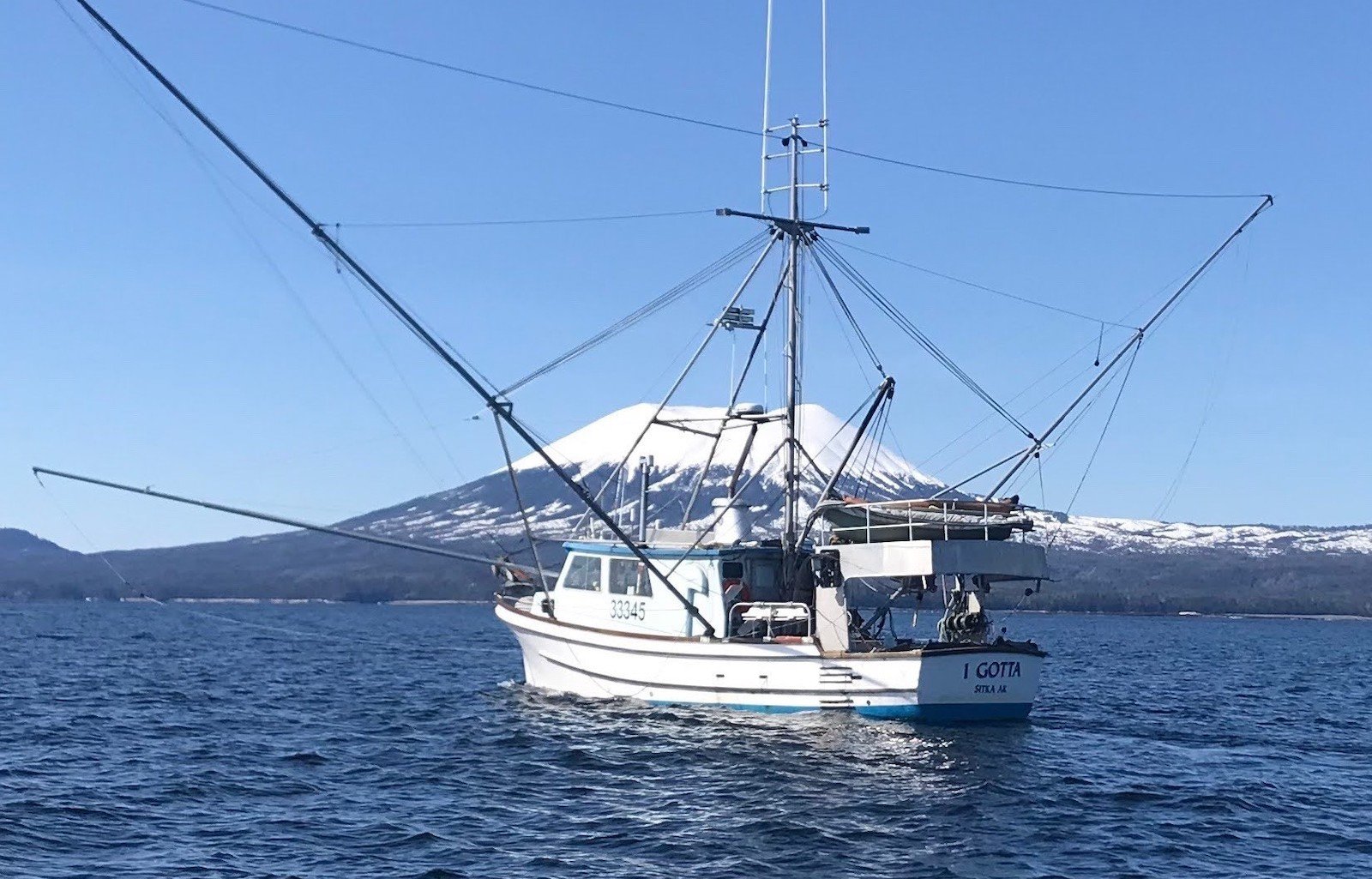
The Alaska Longline Fishermen’s Association came into existence out of resistance. In 1991, while passing along the outer coast of Baranof Island, not far from Sitka, a northbound commercial trawler in transit to the Gulf of Alaska decided to test its gear. The skipper of the trawler unfolded and dropped its weighted nets, opening a mouth of mesh wider than two football fields. The net scoured the ocean floor, bringing up thousands of pounds of rockfish.
“Like that, our season was done,” said ALFA executive director Behnken. “Finished.”
What followed was seven years of relentless advocacy by small-scale fishermen and coastal communities, resulting in the enactment of the Southeast Alaska Trawl Closure. At the time, it was the largest trawl closure in the world, cordoning off 70,000 square miles from the industrial boats.
Behnken called the success “catalyzing.”
Today, ALFA employs three full-time workers, and two part-time (because they also fish). CTP remains one of its most popular programs. Over the years it has been refined to eliminate much of the guesswork for skippers and crew alike.
“Once you untie, there are so many variables. Fish, wind, weather. Or your deckhand gets sick,” Behnken said. “It’s good to try and take out as much guesswork as possible.”
As a former middle school teacher and basketball coach, Jordan said he recognized the challenges for young people trying to enter the limited-access commercial fisheries. In 2017, he was the first skipper to sign up for the program.
“These kids are looking for a way in, and it’s tough. But CTP provides that.”
Jordan, who has survived six near-death experiences by his own count, said that an introduction into the world of commercial fishing exposes you to concepts necessary to navigate the world today. While he recognized that people learn differently, and some are better fits than others, he said that he has had good success with ALFA applicants on the I Gotta.
“The genius of the program is that it ties new folks into a whole network of people who have an idea where you might go,” Jordan said. “And suddenly they’re finding a place in the closed geometry of other fishermen, the processor, the tender, all of it. It’s a win-win.”
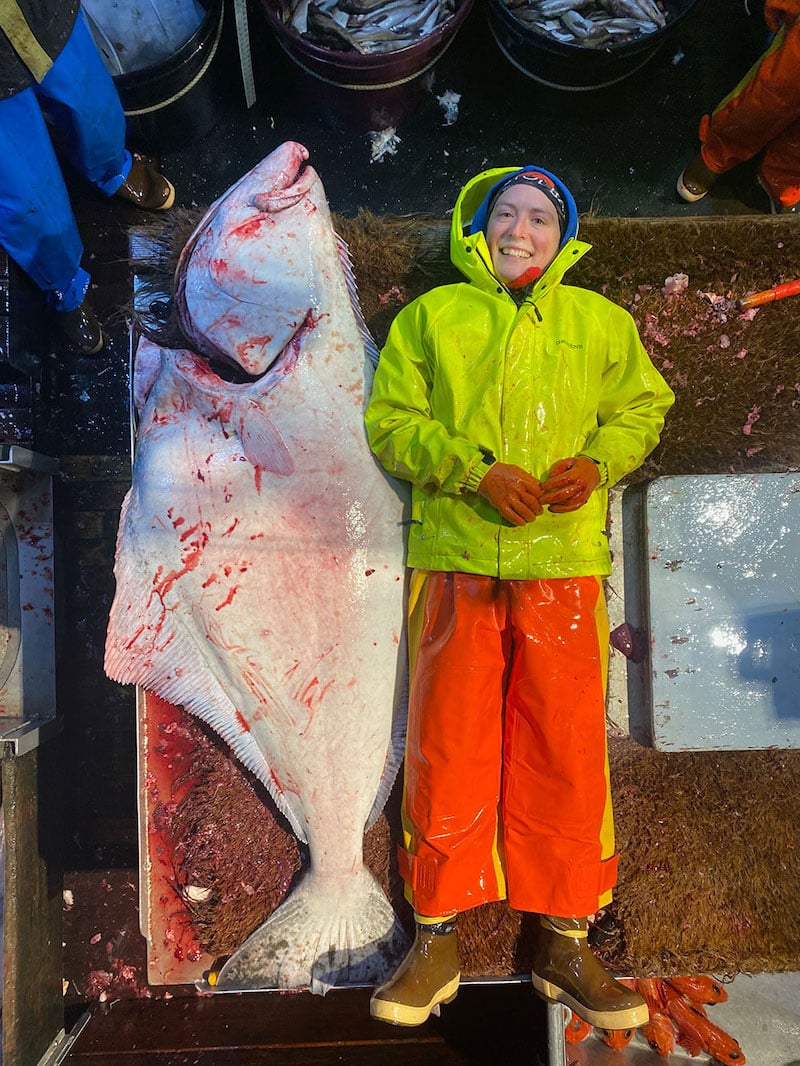
Skipper Tad Fujioka said that he has had less success working with crew, but that “could be him,” as he prefers to fish alone. “Some caught on quickly. Others were clueless. What’s important is that the program makes it possible to take someone totally green — I do think it has made things easier and less stressful for someone who had never been to Alaska before.”
Fujioka, who today serves as chairman of the board of directors at the Seafood Producers Cooperative, began his troll career in a 24-foot open skiff with a 300-horsepower outboard he saw advertised in the Daily Sitka Sentinel after graduating from the Caltech engineering program.
“I was drawn to trolling because of the importance of identifying problems and coming up with the solution — even if many of the problems are of my own making,” Fujioka joked.
Behnken came to Alaska at the age of 20, after studying at Dartmouth. Alongside her husband, Kent Barkau, Behnken raised her two boys while fishing the fibreglass longliner/troller Woodstock.
She acknowledged pressure, driven by popular documentaries like Seaspiracy, to end the practice of commercial fishing around the world. Organizations like the Wild Fish Conservancy have had success in the district courts claiming that trollers in Alaska endanger orcas in Puget Sound.
“You don’t want to be encouraging people into an unproductive way of life,” Behnken said. “That’s something that’s always on our mind. But fishermen are eternal optimists.”
Jordan being the prime example.
When it comes to running crew, Behnken admitted that Jordan was a special case. “Most skippers want one or two crew a season. But Eric enjoys teaching and is happy to switch people out.”
To date, Jordan has officiated at seven weddings of former crew members (my wife and myself included), he said. At the age of 74, he said work with the Crew Training Program, initiating people and teaching one of the most difficult jobs on Earth, keeps him engaged.
“It’s given me a new love for trolling,” Jordan said. “It’s renewed my love of the water.”
He said that one of his best crew experiences was working alongside Grace Greenwald.
In 2019, after finishing up at Stanford, 22-year-old Greenwald moved to Sitka. Raised in landlocked Colorado, Greenwald had zero experience on the water, but was open to anything.
She met Jordan at the Backdoor Café in Sitka. A conversation ensued, and Jordan encouraged her to apply for ALFA’s program.
“I learned a number of things from the program — for starters, I don’t get seasick,” she said.
Greenwald, who went on to study education at Harvard University, said that working on a boat gave her insight into a different model of knowledge.
“Experiential learning is so different than academic learning. It’s technical knowledge, but also much broader. There’s a magic from being on the ocean.”
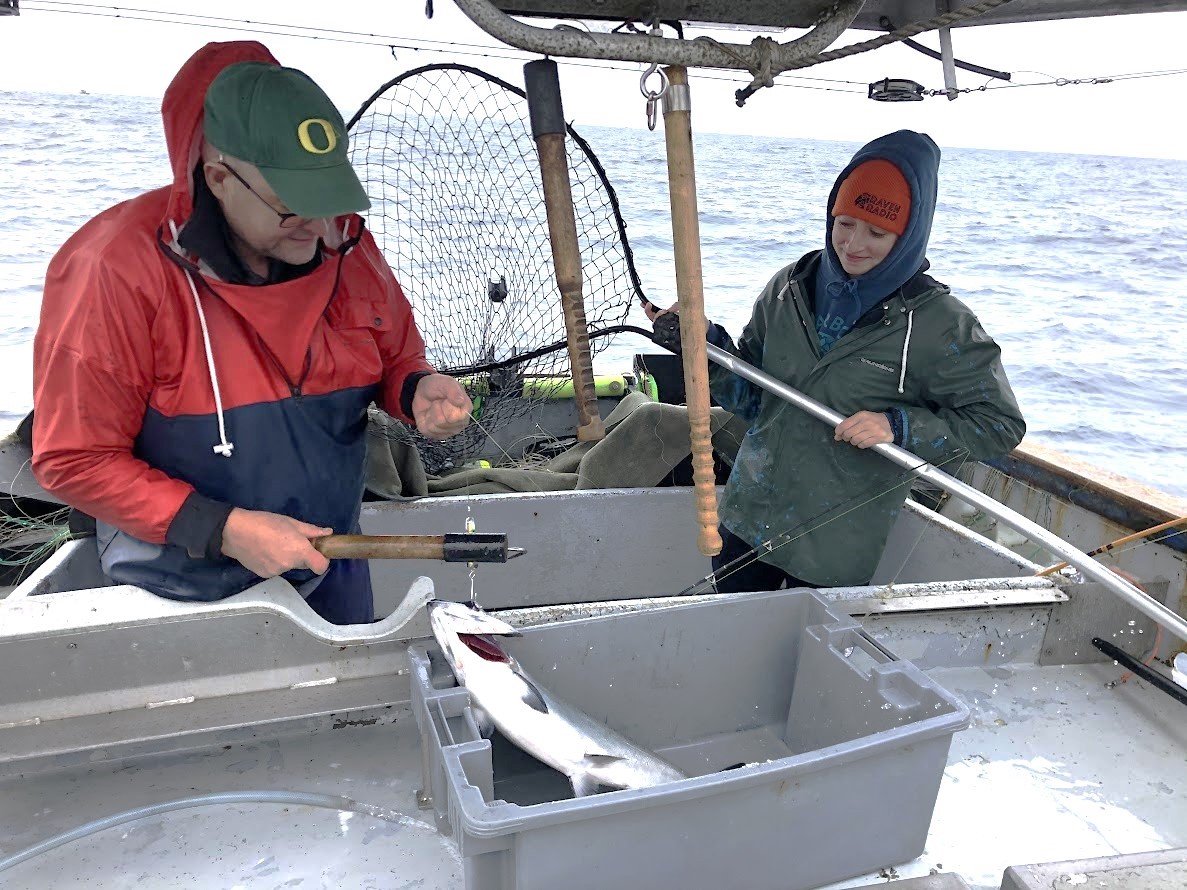
Today, as an educator in alternative “micro-college” schools such as Outer Coast in Sitka, Greenwald sees philosophies of education arise from her time trolling, which can in turn be translated into what she calls “school containers.”
“On the boat you inhabit a little world together between you and your skipper. You’re both invested in what happens and take great joy in it. There are high stakes in the outcome of a day’s work. You create a small team where everyone matters, and it’s a powerful feeling.”
Greenwald said that she carries her time fishing with Jordan around with her in West Philadelphia, where her partner attends the University of Pennsylvania. In the summer she returns to Sitka. Along with three other friends, she recently purchased a 14-foot Lund skiff called Horse Legs, with the goal of subsistence fishing for halibut.
“Fishing means access to a whole tradition, a set of rituals and a livelihood that someone like Eric has participated in his whole life.”
Jordan said that Greenwald is a good example of how — even if people don’t end up buying a permit like LeGardeur, or making fishing a central part of their lives — the lessons continue to resonate.
“It goes way beyond just catching fish and handling them with the utmost care. It’s about respect for each other, for the finest food on Earth, for the iceman at the processor. These are lessons people carry around for life.”
For her part, Greenwald said her time working with Eric has “shifted” her perspective. “Something I take with me from fishing is an appreciation for a high quality of attention. To be successful you need to remember so much texture and detail — it’s what Eric is so good at. He has an archive of every fish he’s caught, and where, and what the weather was doing that day. It’s an art of noticing.”
In my last conversation with LeGardeur, she was in Michigan, preparing to return to Alaska to begin her fishing season. She offhandedly mentioned that she and her future husband were still searching for crew, especially as the king salmon opener gears up to start on Monday, July 1. She had recently reached out to Behnken at ALFA in hopes of landing on a match.
“Who knows,” she said. “Maybe we’ll find a perfect fit.”
[Editor’s note: This article runs in a new section of The Tyee called ‘What Works: The Business of a Healthy Bioregion,’ where you’ll find profiles of people creating the low-carbon, sustainable economy we need from Alaska to California. Find out more about this project and its funders.] ![]()
Read more: Labour + Industry
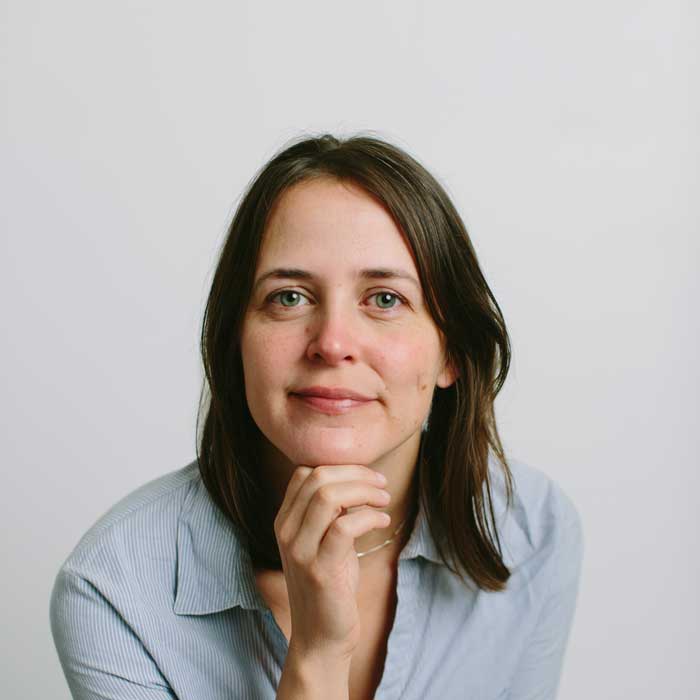

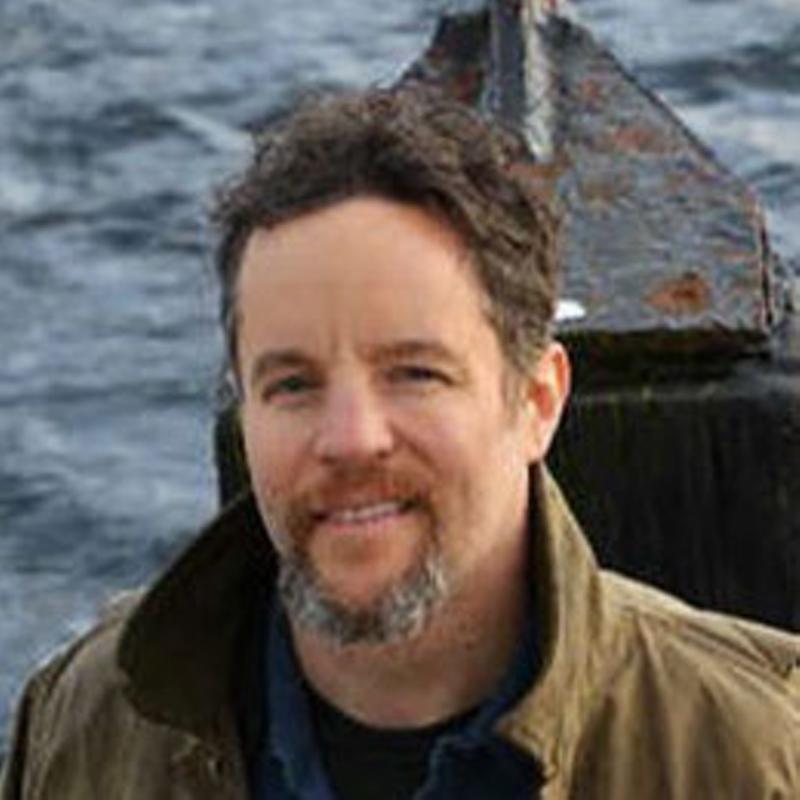

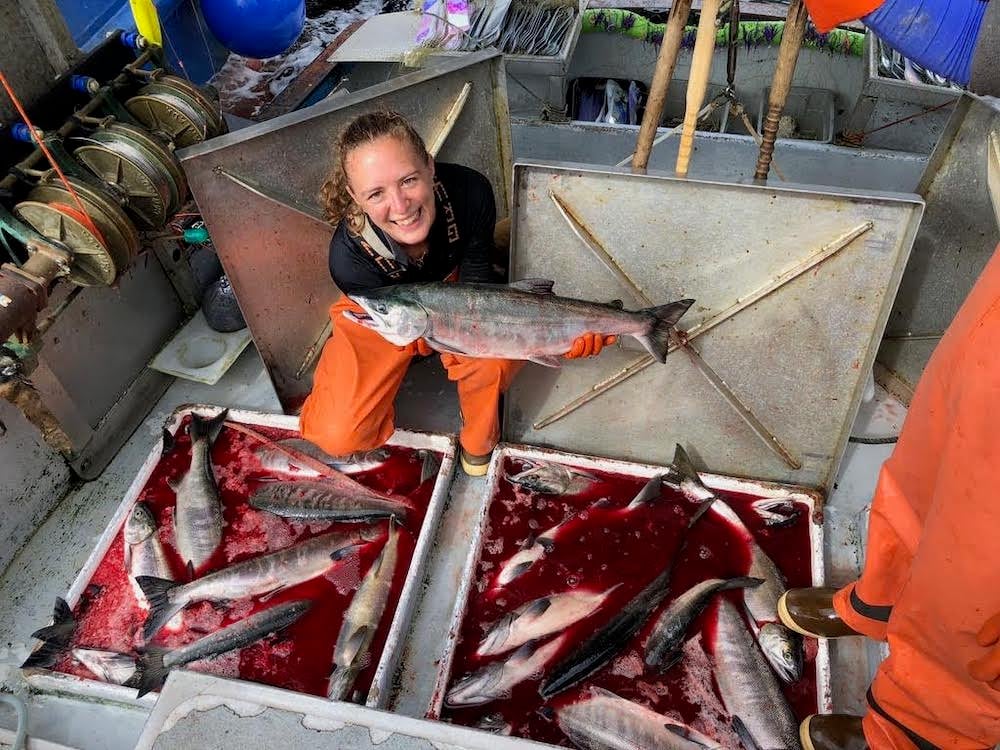

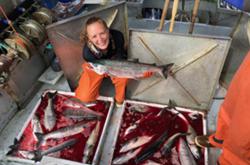

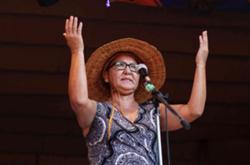
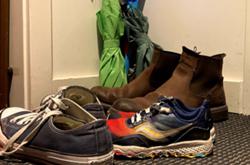


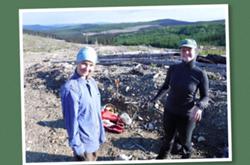



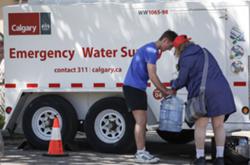
Tyee Commenting Guidelines
Comments that violate guidelines risk being deleted, and violations may result in a temporary or permanent user ban. Maintain the spirit of good conversation to stay in the discussion and be patient with moderators. Comments are reviewed regularly but not in real time.
Do:
Do not: